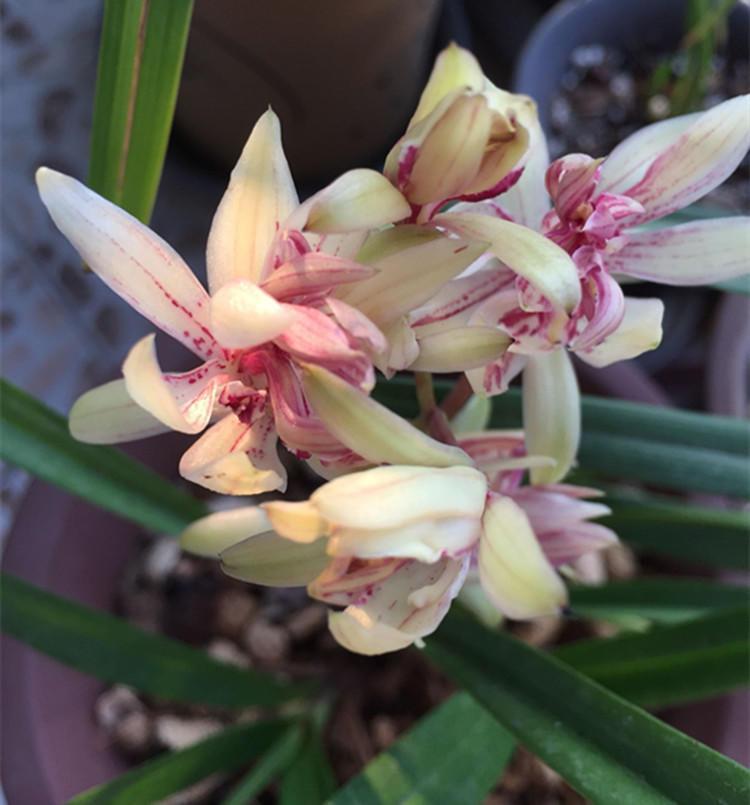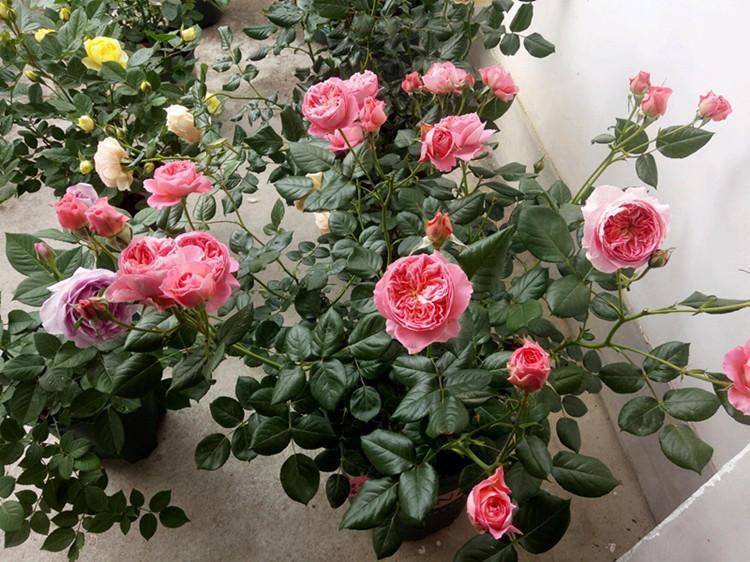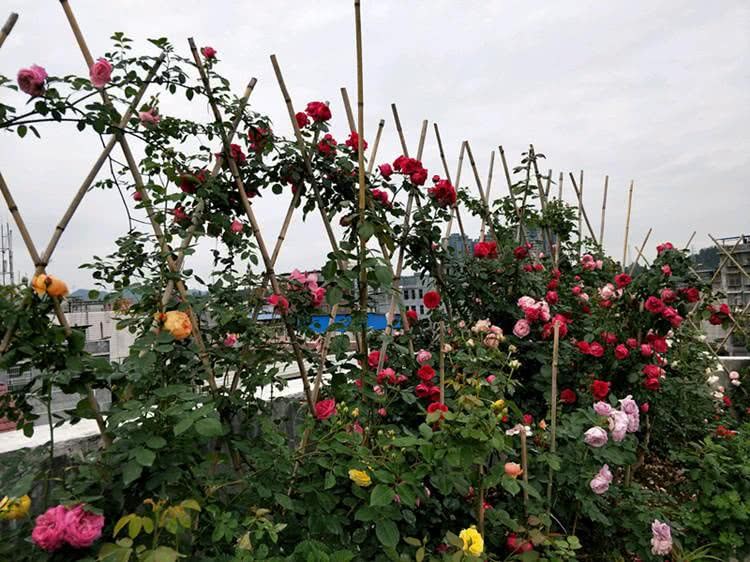The soil that orchids like can not be clearly explained in one or two words.

The cultivation of orchids, the correct use of soil, or, more precisely, the selection of suitable cultivation media, is a very important link in orchid cultivation. Many flower friends know that orchids generally require loose, breathable, well-drained, slightly acidic soil rich in humus. However, finding the "soil" that orchids like can not be explained clearly in one or two words.
1. Rotten leaf soil
Orchids can grow poorly in hardened, over-fine-grained or alkaline soil. Therefore, many flower friends cultivate orchid soil, usually with rotten leaf soil. Rotten leaf soil is collected from oak forest, pine-oak mixed forest or mixed forest. The rotten leaf soil under the pure coniferous forest has too fine particles and too much acidity, so it is not suitable for orchid cultivation.
For the rotten leaf soil collected from the mountain, flower friends should sift through the fine particles and reserve the very fine particles for the cultivation of other greenhouse flowers, and the larger particles, including incomplete rotten leaves and fern roots, for orchid cultivation. Can be completely used rotten leaf soil, can also be mixed with 20% of better red soil or coarse sand, small stone particles. The prepared culture soil should be fried in an iron pan or spread out and exposed to the sun for several days to sterilize.
2. Bamboo root mud
This kind of soil refers to the soil at the root of bamboo bushes planted for many years. This kind of soil has good particles, loose structure and good drainage.
3. Vetch bran soil
Vetch bran soil refers to the plant of Ziyun (that is, Ziyunying) is harvested and dried, and is generally used as feed. It can also be mixed, accumulated and mature with bamboo root mud or other sandy loam. Flower friends who find it troublesome or do not want to toss around can directly use the prepared orchid special cultivation substrate instead.
4. Mountain mud
Mountain soil refers to the soil of the mountain forest where wild orchids grow. It is formed by litter accumulated, rotted, scoured by Rain Water and mixed with weathered rock and soil.
5. Charcoal soil
Peat soil is peat soil, which is formed by long-term decomposition and carbonization of plants buried in the strata due to geological changes in ancient times.
6. Poplar and willow dung
That is, the trunk of ancient poplar, willow or other tree species, a mixture of insect dung and sawdust accumulated due to moth, decay and other reasons.
7. Tile ditch mud
The old tile house can collect a small amount of deposit from the trench when it is turned over or cleaned, and the coarse slag can be sifted out, that is, Dewa ditch mud.
8. Thatch residue
Cottages made of wheat straw, straw or other thatch are usually covered every few years. The grass residue removed has become rotten, and the fine residue is screened out after being piled up and rotted.
The above soil, some are more water conservation, some are more breathable, for this piece of fertilizer and water, if the supply is not available, it is suggested that flower friends use orchid-specific organic liquid fertilizer, diluted 500 times, once every half a month, to water the roots of orchids to supplement, so as to promote the growth of orchids.
Others can also use bark, water moss, fern root plus dry pig dung, cow dung, silkworm sand, broken bones, bone powder, oil withered, plant ash and so on to prepare orchid culture soil. This kind of soil, relatively loose, when watering, pay attention to dry and thoroughly, can not be watered frequently.
Or crush the leaves of yellow oak and use them as culture soil. The rotten wood of oak is also used to cultivate epiphytic orchids in orchids, and the effect is very good; flower friends can also take river sand and bury fallen leaves in it, and at the same time bury peanut shells, fish bones, fish scales and belly miscellaneous which are usually eaten and discarded in the sand. After being stacked as adults, orchids are used to cultivate orchids, which are very strong and luxuriant.
In short, if flower friends want to find the "soil" that orchids like, on the basis of the general principle, they need to adopt the principle of convenience and proximity, so that they can match the soil that orchids like according to the local actual situation.
Some of the pictures are from: Yudong orchid in Yudong village
- Prev

Don't let your rose eat too much during the hot + dormant period
Rose likes fat, is a delicious host, it has strong compatibility, can accommodate a variety of nutrients, so "eat too much" will inevitably lead to fat injury, light growth stagnation, the heavy one will die. It sounds tough, but as long as we prepare.
- Next

Is it easy to plant rose in the ground? You may not have to remember these seven points.
Many flower friends say that planting on the ground is easy and has less trouble than the balcony party, but it is not entirely possible to be a shopkeeper. There are also places that need to be paid attention to, and even more, such as the following 7 points.
Related
- Wuhan Hospital Iron Tree Blooming Result Was Instantly Frightened by the Gardener Master
- Which variety of camellia is the most fragrant and best? Which one do you like best?
- What is the small blue coat, the breeding methods and matters needing attention of the succulent plant
- Dormancy time and maintenance management of succulent plants during dormancy
- Minas succulent how to raise, Minas succulent plant pictures
- What are the varieties of winter succulent plants
- How to raise succulent plants in twelve rolls? let's take a look at some experience of breeding twelve rolls.
- Attention should be paid to water control for succulent plants during dormant period (winter and summer)
- Watering experience of twelve rolls of succulent plants
- Techniques for fertilizing succulent plants. An article will let you know how to fertilize succulent plants.

